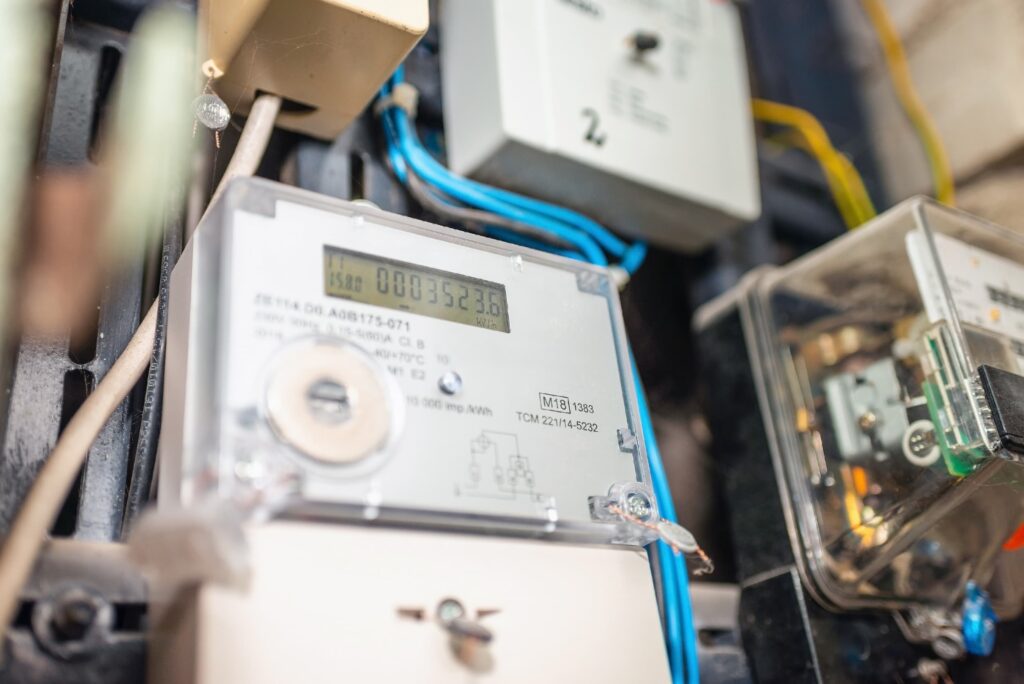
Abdullah Shoaib
Managing Director
6 min read
Last Updated December 25, 2024
What is a smart meter?
Whether you’ve got one already, you’ve been offered one by your supplier or you’ve simply
heard about them in passing, smart meters have swiftly become synonymous with mains gas and electricity in the UK.
In this guide, we explore what they are and how they work to help you understand the basics of these intelligent devices.
What are smart meters?
Put simply, a smart meter is just a different kind of meter – the equipment located in or around your house or business premises that tracks how much gas and electricity you use. This is how energy companies know how many units of energy you’ve got through, and how they calculate what to charge you for your usage.
If you have a traditional or non-smart meter, then you’ll likely need to take meter readings at regular intervals and send them off to your supplier. It’s usually a simple enough task, but it can be time-consuming while you get to grips with it, and it’s not the most enjoyable thing to have to do in the colder months when you’d rather be warm and cosy indoors.
What’s more, your required meter readings might not be at the same intervals at which you’re charged for usage, so the energy supplier will have to estimate consumption based on the data they have. This means your bills might not exactly match how much energy you’ve consumed.
Naturally, you don’t want to be charged for energy you haven’t used, and this is where smart meters come in handy. They cut out the middle man (i.e., you) and send readings directly to the energy supplier, usually every month. This helps your registered usage to be much more accurate.

On top of this, smart meters often come with a small device that you take into your home or business with you, known as an in-home display (IHD). This IHD communicates with your smart meters for gas and electricity and provides you with an easy-to-digest display of your current and daily usage. You can look back at previous days’, weeks’ and months’ usage as well.
The idea of this is to help you be more environmentally conscious and notice when you’re using
high-consumption appliances, so you can make switches to reduce your energy usage, bills and
environmental impact.
How do smart meters work?
Smart meters are very similar to traditional energy meters, but they connect to a wireless network that allows them to transmit data from your home or business premises to your supplier. This information is shared automatically, usually once a month, so you don’t have to do anything at all.
Although smart meters typically report monthly, they actually record data much more frequently than that. Your smart electricity meter, for example, will take note of your electricity usage almost in real time – so your readings are as accurate as can be. For gas, the data takes a little longer to come through, so it’s recorded in half-hourly intervals.
This information, with its highly accurate timestamping, is transmitted to your IHD or smart energy monitor, so you can see what energy you’re using as you go about your day. In the case of electricity usage, you can actually turn on an appliance, wait a few moments for the data to register, and see exactly how much of an impact that single device has on your overall usage.
Smart energy meters and their accompanying IHDs are hugely useful for consumers just like you to keep track of their energy usage and, where needed, make changes to save energy and money. If you haven’t been offered one already, chances are you will soon – and you can always get in touch with your supplier to request one if you’d like to speed things up.

Pingback: How to read a smart meter - Energy Solutions
Pingback: Should I get a smart meter? - Energy Solutions